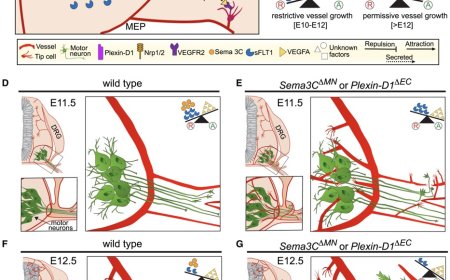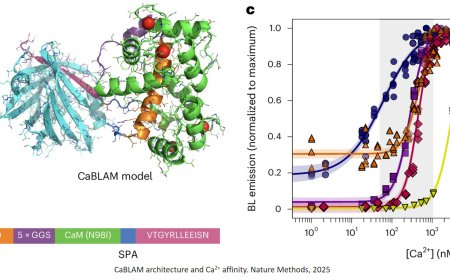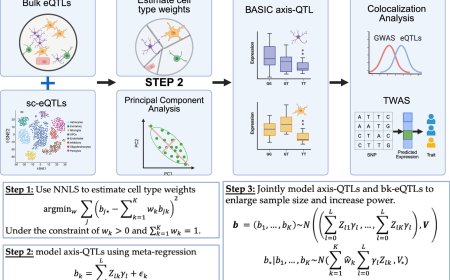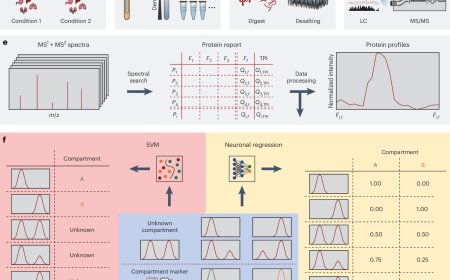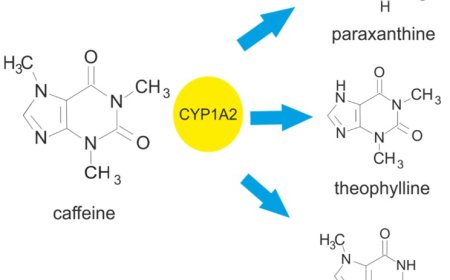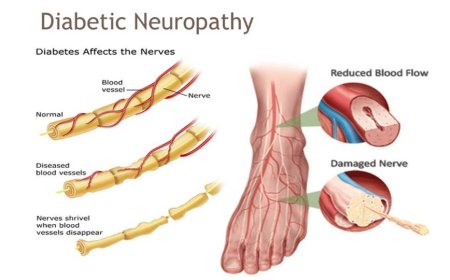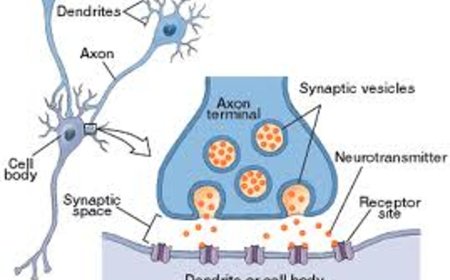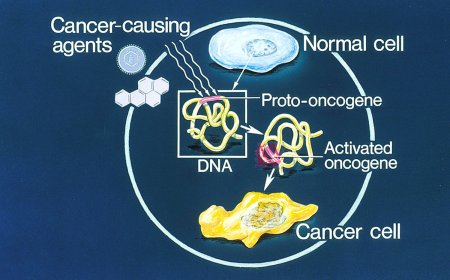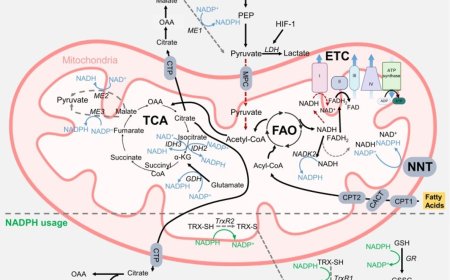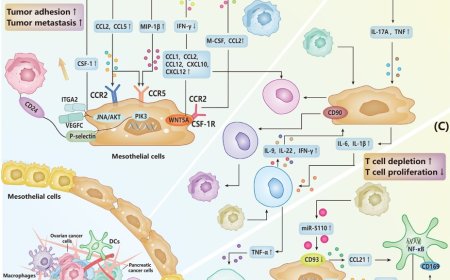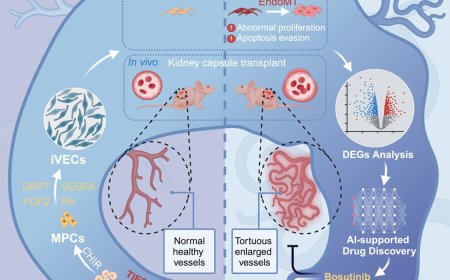Computational modeling for mechanobiology

Computational models enable quantitative predictions of the cell monolayer’s behavior that can be experimentally tested. Models can help infer biomechanical parameters of monolayers that can hardly be measured in vitro.
The accuracy of computational models depends on the quality of data, highlighting the need to improve in vitro and in vivo techniques for measuring monolayer biomechanics.
Models can help explain the biophysical processes governing endothelial cell (ENC) and epithelial cell (EPC) monolayer behavior in health and disease.
Models can expose differences in EPC and ENC mechanobiological responses likely stemming from the unique functions of their respective tissues.
https://www.cell.com/trends/cell-biology/fulltext/S0962-8924(24)00282-4
https://sciencemission.com/computational-modeling-for-mechanobiology
